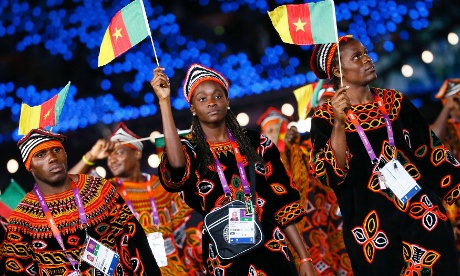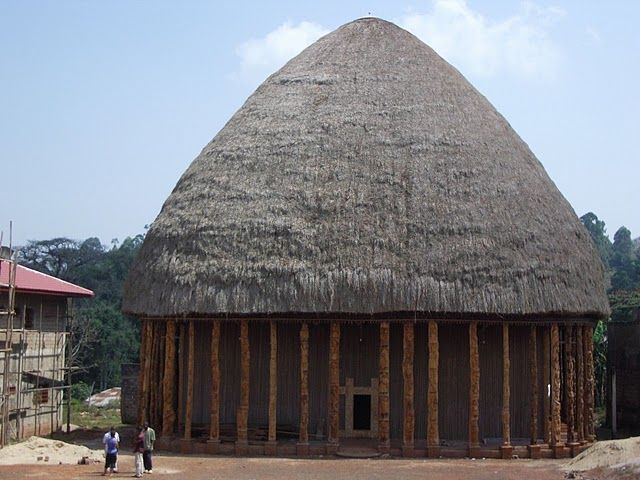-->
The
Wonders of the Mysterious Pyramids of Egypt
Nobody
had ever mentioned the name Egypt without thinking about this
country’s wondrous and historic pyramids. At a certain point in
human history, during the third and fourth dynasty of the old
kingdom, Egypt was one of the richest and most powerful
civilisations in
the world. This was more than 4000 years again, when the value of the
king or the Pharaoh was at the very summit. Kings were held in deep
reverence and believed to be the chosen mediators between human
beings and the divine. Due to the perceived special role occupied by
the kings in the welfare of the society, it was considered everyone’s
responsibility to preserve the respect of the king, even long after
his death. A dead king was believed to become Osiris,
meaning the God of the dead; while the successor of the dead king
became Horus,
the falcon-God, who had the duty to protect the Sun God, Ra.
It’s
during this time that the construction of Pyramids started in Egypt.
The most celebrated pyramids in Egypt are the Giza Pyramids, which
feature amongst some of the most exhilarating man-made structures in
human history.
Since
the incipience of the dynasty system in Egypt in about 2950 B.C.,
regal tombs were inscribed into rocks and covered with rectangular
structures having a flat roof known as Mastabas,
which served as a starting point for the construction of Pyramids.
The first pyramid constructed in Egypt was the step pyramid at
Saqqara, for the third dynasty of King Djoser. This was around 2630
BC. The step pyramid commenced as mastabas,
but was later transformed into a full pyramid consisting of six
layers of stone, and reached a height of 62
metres, becoming
the tallest building in Egypt at the time. Surrounding the pyramid
was a complex of court yards, temples and shrines, where king Djoser
was held to continue enjoying after death. After the reign of King
Djoser, the step pyramid continued to serve the purpose of royal
burials.
The
most distinguished pyramids in Egypt are the fascinating pyramids of
Giza, which are situated on the fringes of present day Cairo, on a
plateau west of the banks of the famous river Nile, the longest river
in Africa. The pyramid was built for the ruler at the time, King
Khufu. The oldest and biggest of the three pyramids at Giza is the
only surviving structure of the seven wonders of the ancient world.
The pyramid reaches a height of 147
metres, rendering
it the largest pyramid ever, in the world. Three smaller pyramids
that were purposely built for the queen are positioned beside the
Great Pyramid, and a tomb was later discovered nearby containing the
sarcophagus of a certain Queen.
In
keeping with the tradition of pyramids in Egypt, the Great pyramid is
surrounded by rows of mastabas,
where the king’s officials and relatives were buried, so as to
continue accompanying and supporting the king in the afterlife.
The
middle pyramid at Giza was constructed for King Khufu’s son called
Khafre; and a unique feature of this particular pyramid was a Great
Sphinx, a guardian statue inscribed in limestone, with the head of a
man and the body of a lion. This was the very largest statue in the
ancient world, with a width of 240 feet and a height of 66 feet.
Subsequently, in the 18th
dynasty, the Great Sphinx was worshipped as the image of a local form
of the God Horus. The most Southernmost pyramid in Giza was
constructed for Khafre’s son. It’s the shortest of the three
pyramids and heralded the subsequent construction of smaller pyramids
in Egypt, which were more common during the fifth and sixth
dynasties.
According to the ancient Greek
historian Herodotus, the construction of the Great pyramid for King
Khufu took about twenty years of steady effort; and required the
labour of 100.000 men. Archaeological evidence reveals that the
pyramids were actually constructed by the labour of agricultural
workers.
 The
construction of pyramids in Egypt continued to the fifth and sixth
dynasties, but the overall quality and magnitude of the art was
greatly reduced, in line with the diminishing power and prosperity of
the kings themselves. Subsequently, pyramid builders began to engrave
on the walls of the burial chambers of the pyramids, accounts of
events that transpired during the reign of a particular king. This
later became known as pyramid text and the earliest religious
compositions in Egypt, were drawn from these texts.
The
construction of pyramids in Egypt continued to the fifth and sixth
dynasties, but the overall quality and magnitude of the art was
greatly reduced, in line with the diminishing power and prosperity of
the kings themselves. Subsequently, pyramid builders began to engrave
on the walls of the burial chambers of the pyramids, accounts of
events that transpired during the reign of a particular king. This
later became known as pyramid text and the earliest religious
compositions in Egypt, were drawn from these texts.
The
very last king who lived in the era of pyramid construction was King
Pepy II, the second king of the sixth dynasty, who came to power as a
young boy and ruled the kingdom for 94 years. During his rule, Egypt
had lost its prosperity; and the perceived divine status of the king
was also weakening. With the death of Pepy, the strong central
government of Egypt eventually collapsed, and Egypt entered into a
fresh but tumultuous era, known as the Intermediate period.
The Great pyramids of Egypt continue to attract millions of visitors from around the world, due to their enduring grandeur, coupled with their timeless awe and mystery. The pyramids continue to bear silent testimony of the greatness of the ancient Egyptian civilisation, and provide a means for deeper reflection regarding the nation’s ambitions.
To meet the author of this article, Click here
-->

























